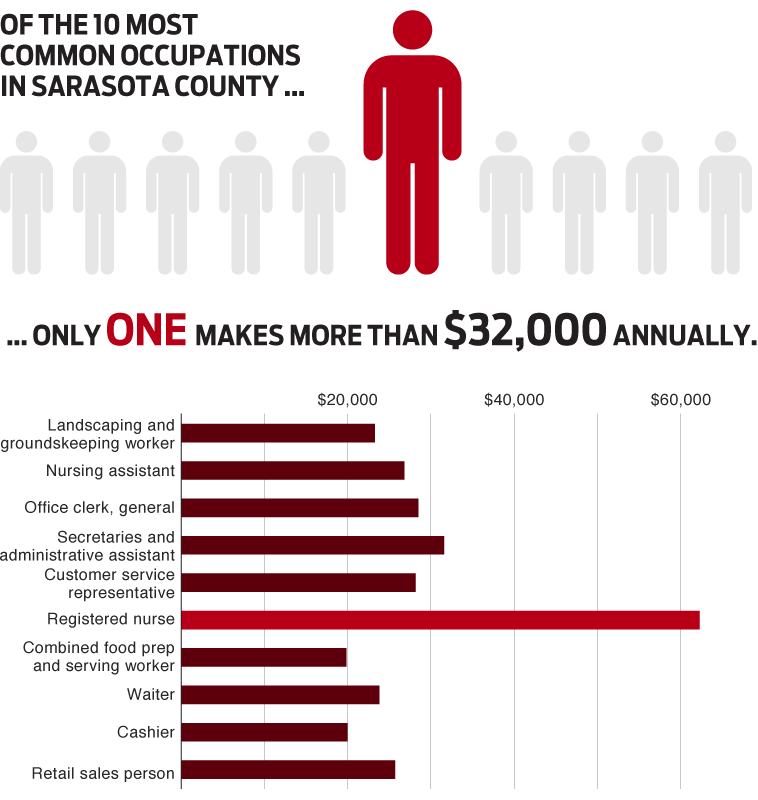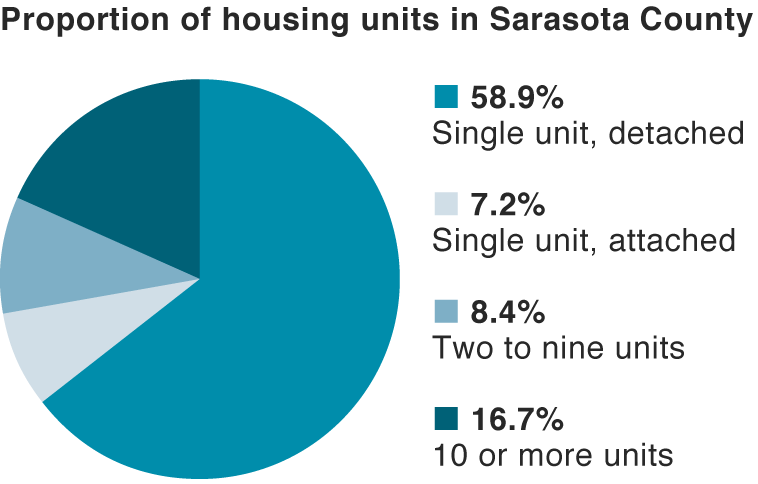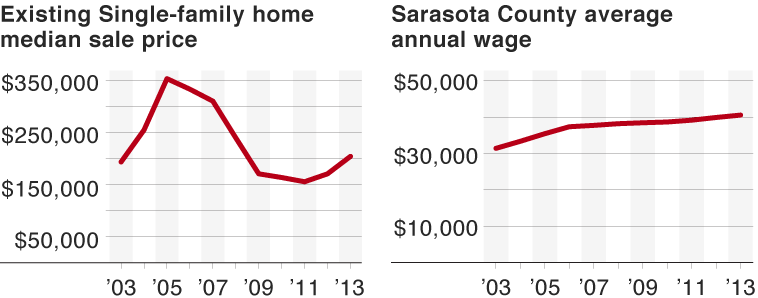- April 25, 2024
-
-
Loading

Loading


Listening to recent discussions among elected officials, there is a strong belief that the city of Sarasota’s affordable housing supply is sorely lacking — though it’s not for a lack of trying.
At a January workshop, city commissioners honed in on affordable housing as a big-picture issue that the board needed to address. The discussion came on the heels of a November decision that waived a developer’s required contribution to an affordable housing trust. That trust was part of an earlier effort to address the issue, incorporated into now-defunct zoning regulations.
Despite the perhaps-noble intentions of previous city commissions, the sitting board agreed in January that attempts to encourage the development of affordable housing had failed.
“We got nothing out of it,” Vice Mayor Susan Chapman said. “The City Commission did everything wrong.”
“We got nothing out of it. The City Commission did everything wrong.”
Now, the City Commission is intent on righting the wrongs of its predecessors. It just has to figure out where to begin.
One thing that speaks to how broad of an issue affordable housing can be is the nebulous definition of the term itself. Even among city officials, there is no consensus as to what “affordable housing” actually means.
“I don’t know how we understand the term ‘affordable housing’ without defining what that term is,” Commissioner Eileen Normile said. “What’s affordable to one person isn’t affordable to another.”
Chapman said the lack of specificity has clouded conversations about affordable housing. In previous conversations, residences priced at $250,000 have been called affordable.
“We have to have an honest discussion about what is affordable,” Chapman said. “‘Affordable’ becomes ‘attainable,’ and once it becomes ‘attainable,’ it’s not necessarily affordable. It gets so far afield so quickly.”
Chapman is focused on creating a greater stock of workforce housing — affordable not only to young professionals in higher-paying jobs, but to Sarasota’s significant number of service workers. In that regard, she said, the Downtown Residential Overlay District was misguided. Given the value of downtown land, it’s unlikely workforce housing could ever be generated there.
Instead, Chapman said, the city should focus on encouraging that sort of development in different areas of the city. She thinks the Rosemary Residential Overlay District — which allows for higher-density projects in the redeveloping Rosemary District — is a prime example of the sort of initiative that can bolster the city’s housing stock.
In addition to density bonuses, an incentive that developers have clamored for but concerns some residents, Chapman said there are other routes to affordable housing.
“One thing you can do is try to encourage smaller units,” Chapman said. “You can try to encourage systems where you mix market rate with units that are affordable — and maybe even somehow subsidize the affordable units.”
Jon Thaxton, director of community investment for the Gulf Coast Community Foundation, has been discussing affordable housing issues for almost four decades. A former real estate broker and county commissioner, Thaxton is now working with Sarasota municipalities to assist homeless children and families.

In Sarasota, housing is almost inexorably linked to homelessness. Thaxton said more than 40% of the households in the county are dedicating at least one-third of their income to housing. That’s not only a challenge for residents who can pay their bills — it’s contributing to the number of residents who cannot.
“It’s one of the major factors that is driving the homeless numbers in Sarasota,” he said.
A recent Sarasota County Openly Plans Excellence (SCOPE) report found that Sarasota County’s housing stock is growing at the fastest rate it has in five years, but largely in the form of single-family, detached developments.
“That real estate market is very beneficial to those of us who have access to the market. For those who do not, that amenity becomes a problem because ... home prices in Sarasota are increasing dramatically, and incomes in Sarasota are stagnant.”
If the recovery is tied to a growing stock of housing unattainable for service workers, it actually works against people in need of affordable housing, Thaxton said.

“The rental rates in Sarasota are rising,” Thaxton said. “Home prices in Sarasota are increasing dramatically, and incomes in Sarasota are stagnant.”
Thaxton said that, given the current economic climate, the problem is only getting worse — and there’s no incentive for developers to deviate from the existing path. He knows that the cost of constructing affordable housing is an obstacle, particularly for cash-strapped municipalities, but said failing to house the homeless is even more costly.
Thaxton didn’t have a specific prescription for the problem, but if elected officials are motivated, there are plenty of successful models to emulate across the country, he said. Chapman agreed that the city could successfully address the affordable housing issue if properly motivated.
“I think it’s a complicated issue,” Chapman said, “but it’s an issue that many places have solved.”